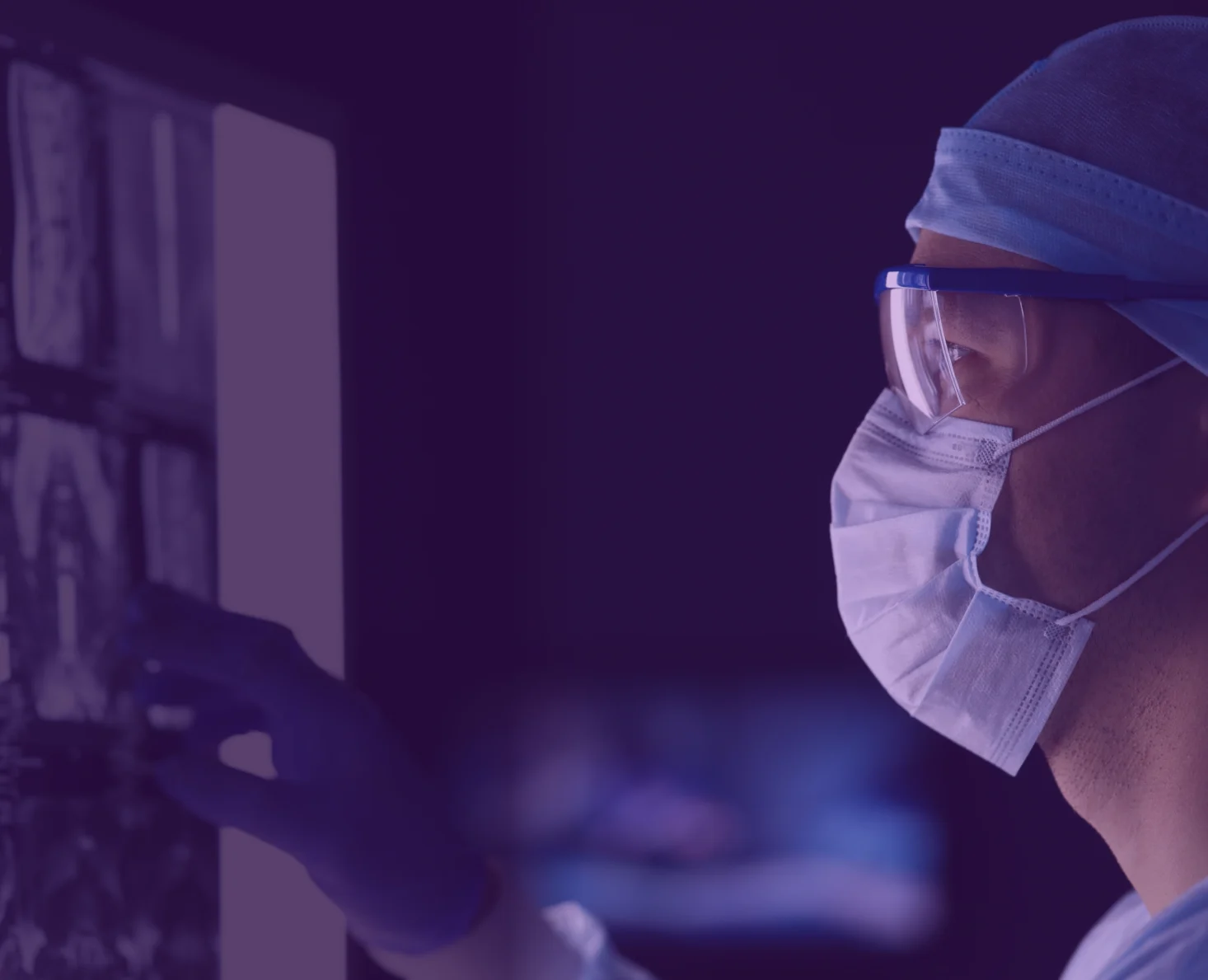
Medical device design & development
Empowering MedTech innovation to create breakthrough products
that improve health and save lives
At StarFish Medical, we blend deep technical expertise, regulatory insight, and user-centered design to bring MedTech innovation to life. From startups to global enterprises, we turn visionary ideas into breakthrough products that improve health and save lives.
25+
Years
200+
Professionals
1000+
Programs
Our Services
Working with StarFish
From early-stage startups to global MedTech leaders, we help companies solve complex challenges and turn bold ideas into market-ready products.
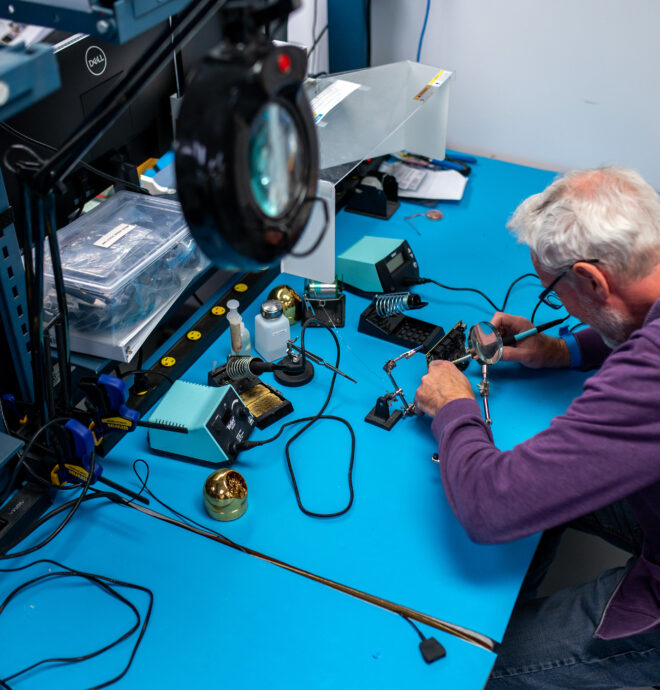
Meet ELLA
Introducing ELLA, an AI-powered tool designed to transform how medical device companies navigate regulatory compliance.
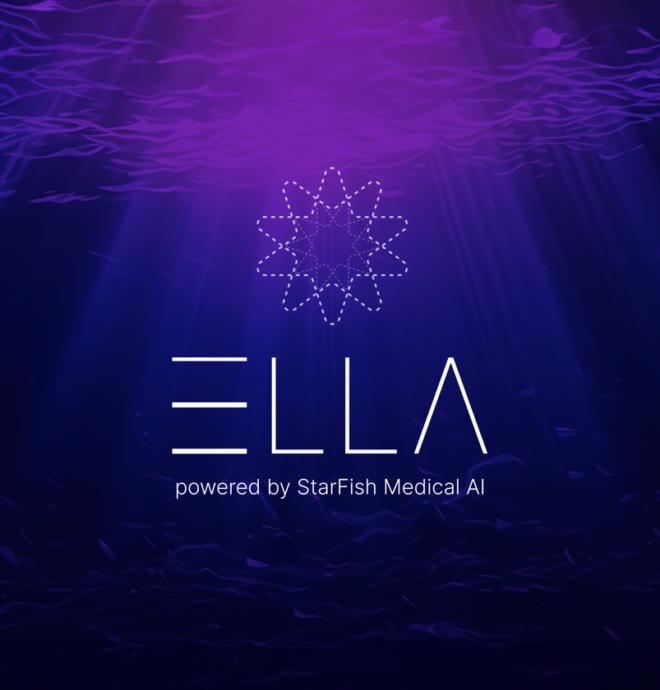
Latest Resources
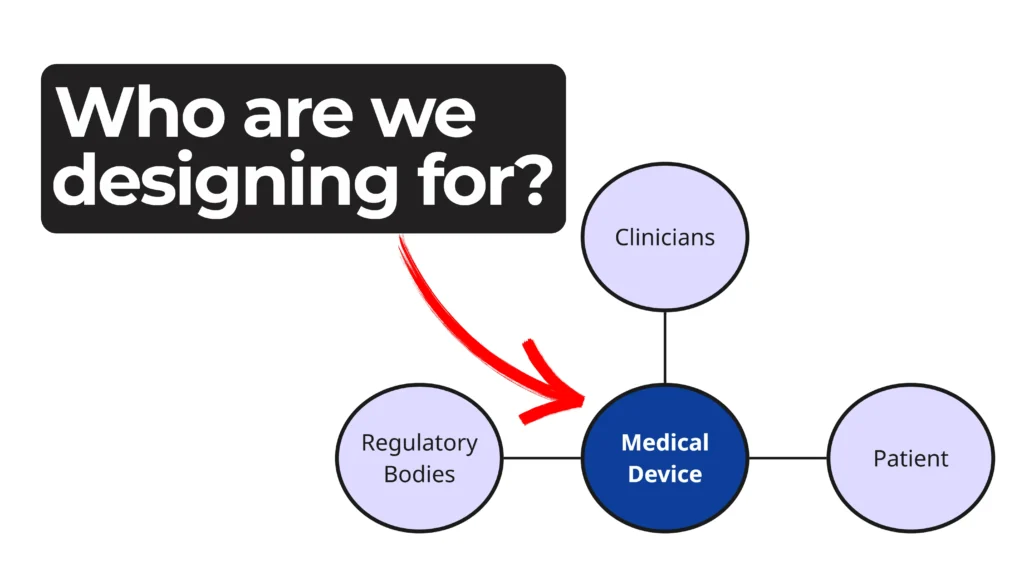
Every phase of a device’s life cycle involves different people with distinct needs—from clinicians and patients to service technicians and regulatory bodies.
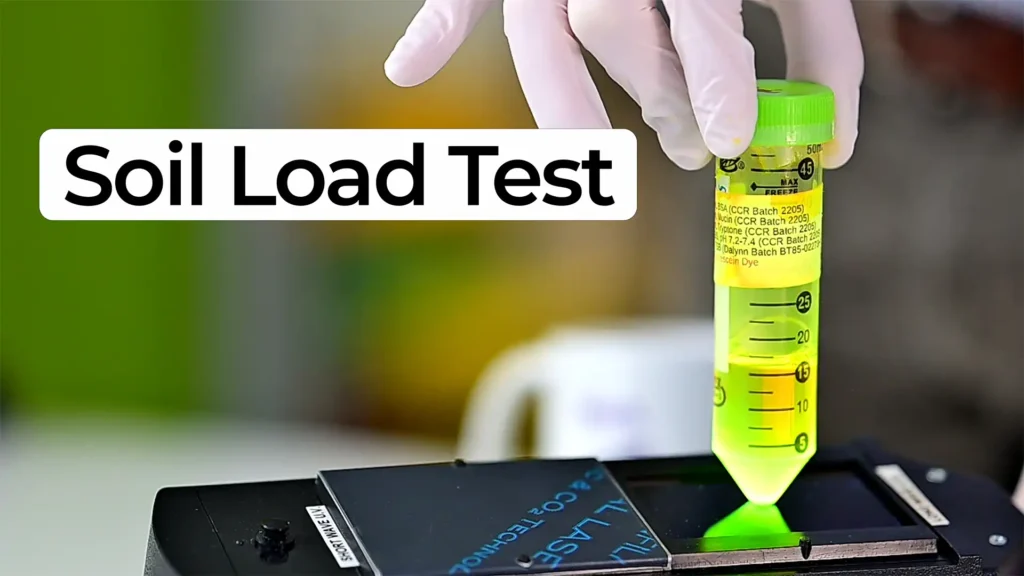
Nick Allan and Nigel Syrotuck explain how a fluorescent protein assay helps engineers measure contamination and cleaning performance in medical devices.
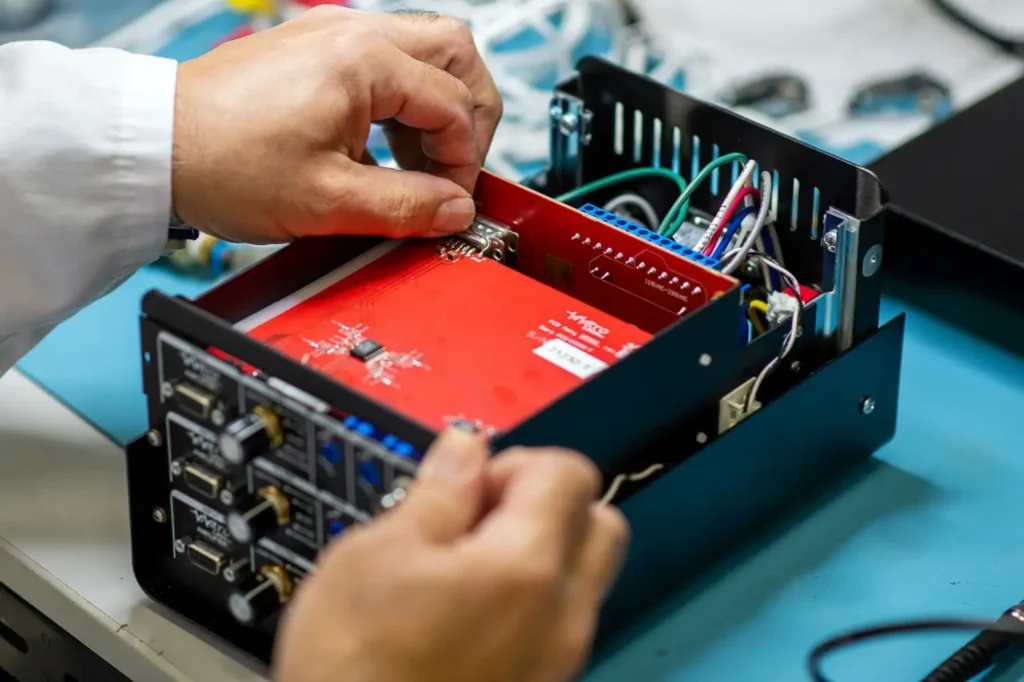
Your team is ready for design validation. The prototype performs well, test plans are in motion, and everything points to a smooth handoff to manufacturing. Then your partner calls with bad news: they can’t build the device as designed.
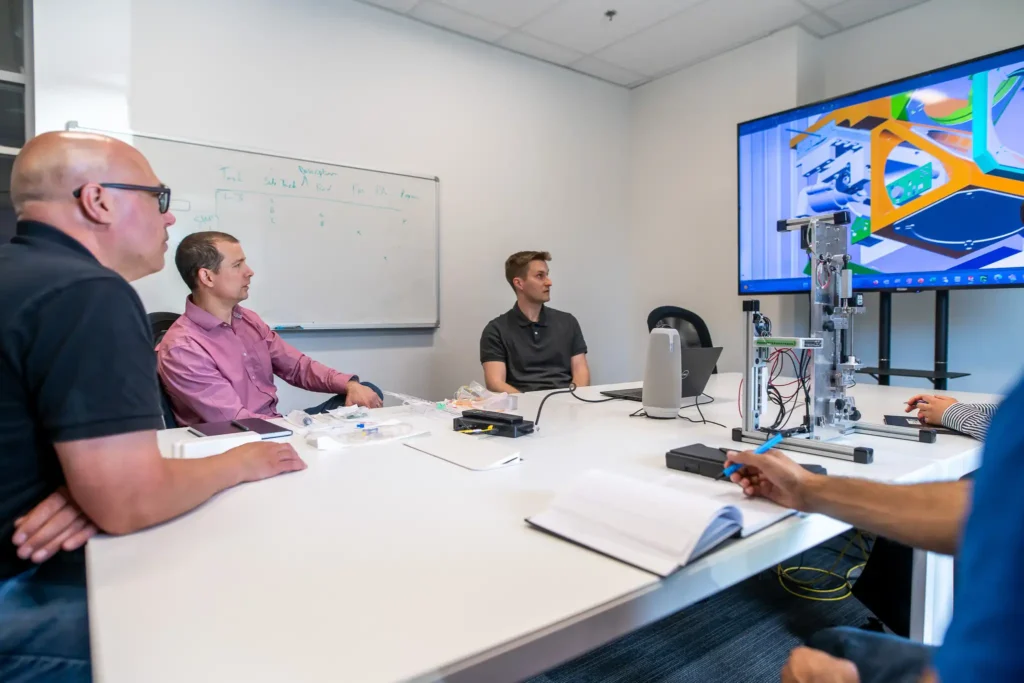
You’ve cleared the toughest engineering hurdles and proven your design works. Then, just as you prepare to scale, your contract manufacturer turns you down.
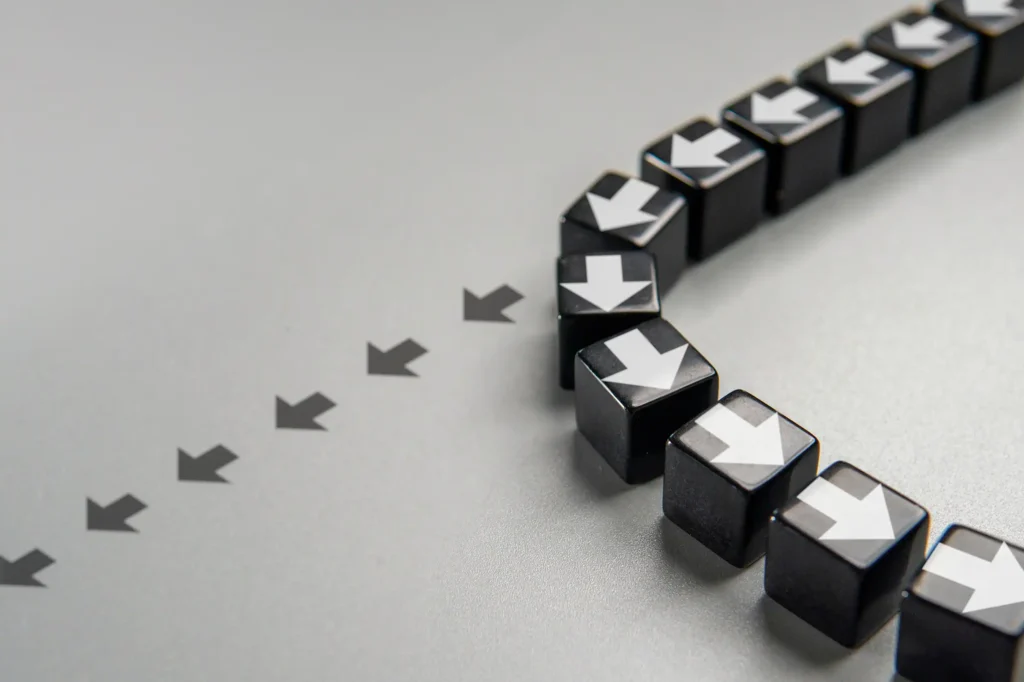
In Medtech, a successful exit isn’t just about having an innovative device, it’s about building a business that potential buyers and investors can clearly see a future in.
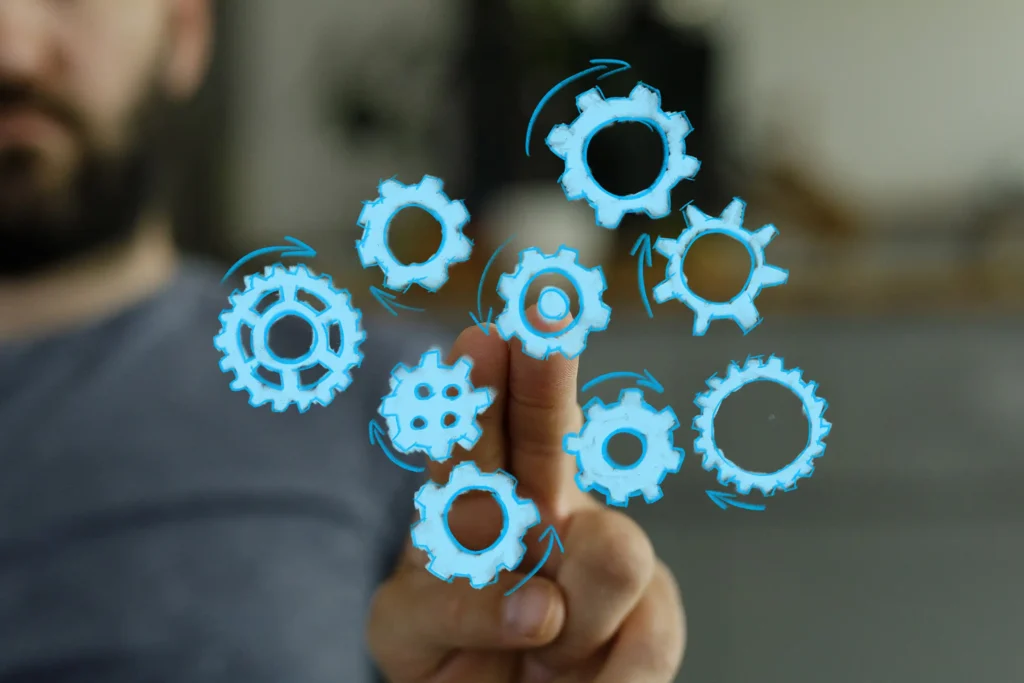
Being ready to build is not the same as being ready to scale. Successful market introduction requires manufacturing readiness that evolves alongside market readiness.
Sectors We Serve
Axolotl BrainPrint Microsphere Generator
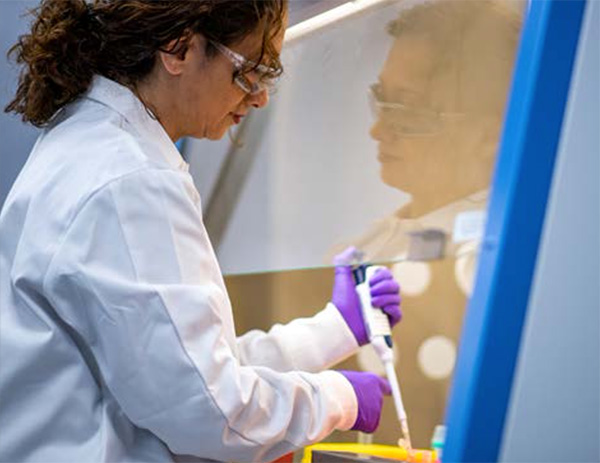
Aurora DNA Sample Preparation Device
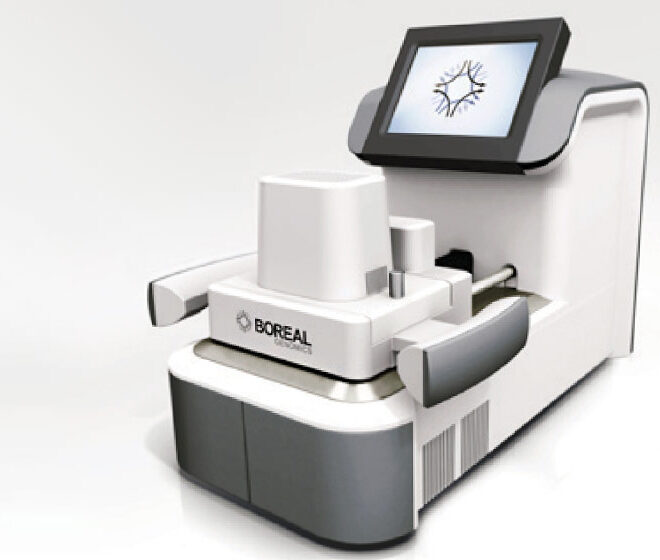
Join over 6000 medical device professionals who receive our engineering, regulatory and commercialization insights and tips every month.